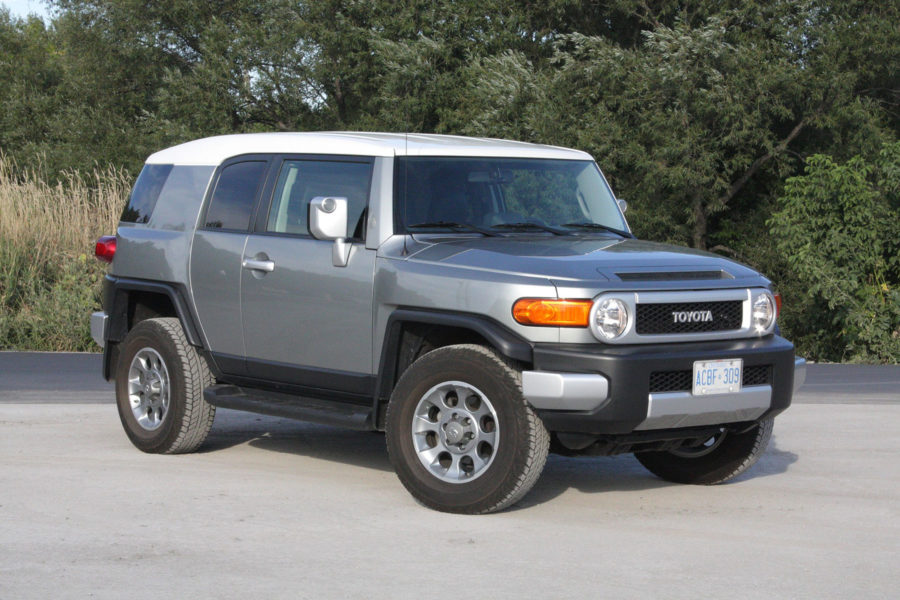In the most basic sense, vehicles with four-wheel drive (4WD or 4×4) have a lot in common with the average family car. Obviously, there’s an engine, and a transmission and drive shafts to get its power to the ground. But if your aim is ford streams and drive over rocks, you’re going to need something more rugged than the sedan you drive to work.
That’s where a 4×4 comes in. These vehicles boast more robust drive shafts, axles and differentials built to stand up to higher-than-average abuse. They not only contribute to better off-road capability, but also higher payload and towing capacity.
The Jeep Wrangler is arguably the best-known modern 4WD SUV. The Toyota FJ Cruiser was popular too, but used examples are getting hard to find since Toyota stopped building it in 2014. Nissan’s XTerra SUV lasted until 2015.
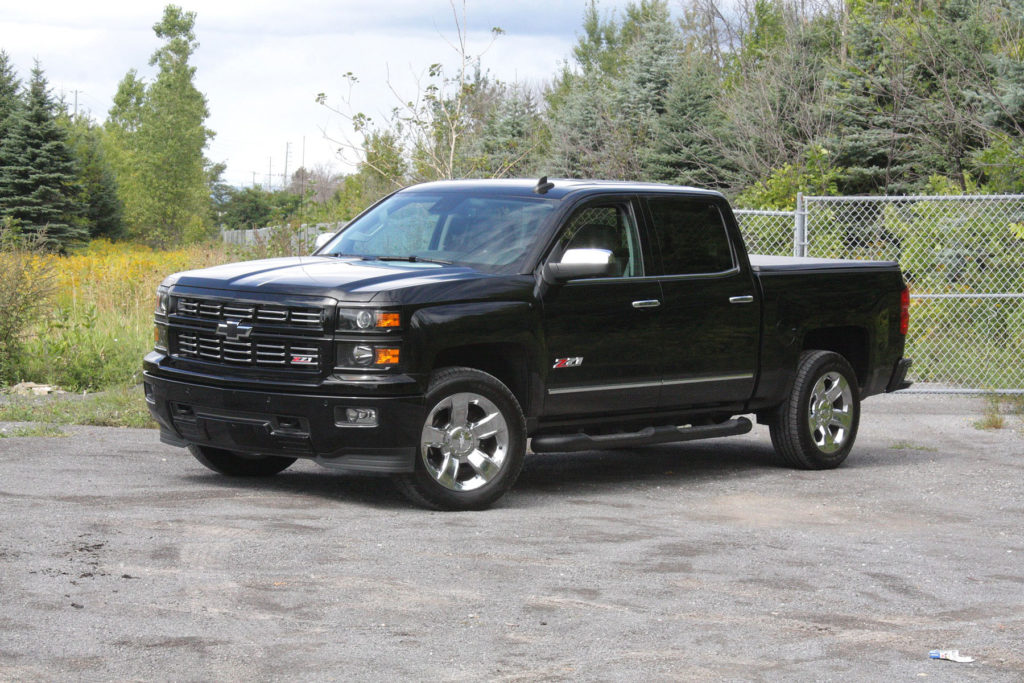
These days, pickup trucks are a more common way to get 4WD. All the big names offer it. There are full-size models like the Ford F-150, Chevrolet Silverado, GMC Sierra, Ram 1500, Toyota Tundra, and Nissan Titan.
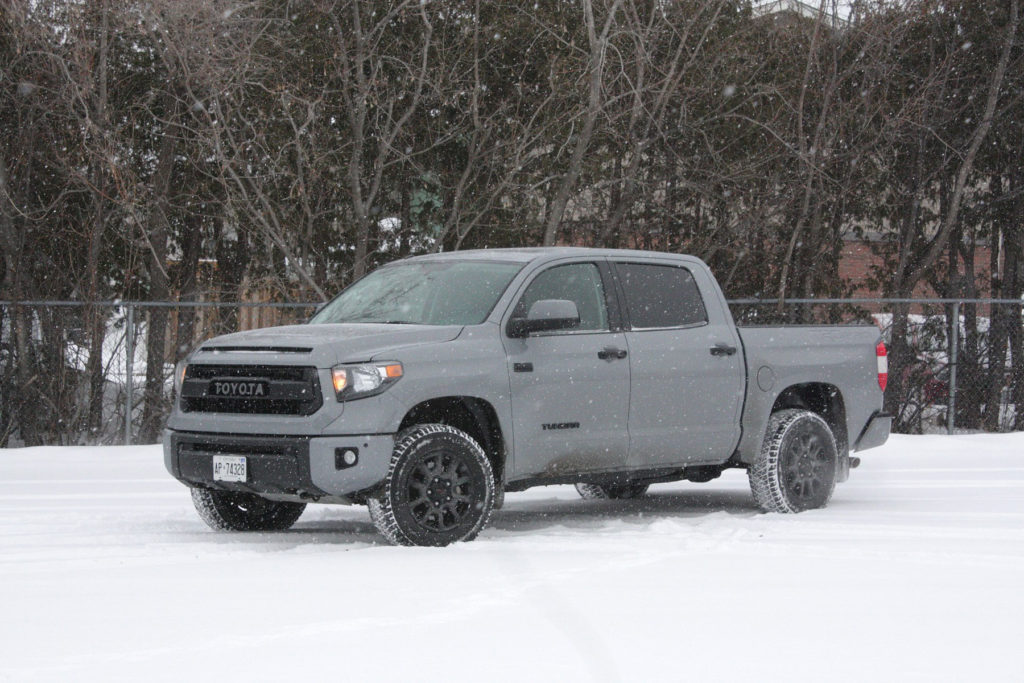
Several truck brands have compact and mid-size truck models as well. General Motors makes the Chevrolet Colorado and GMC Canyon, Toyota builds the Tacoma, and Nissan makes the Frontier. If you’re looking for an older and/or smaller truck, your options include the Ford Ranger and Mazda B-Series. Ford also began selling a new, mid-size Ranger for 2019.

If you’re in the market for a used 4WD vehicle, read on, and we’ll explain what to watch for when shopping around.
Transfer case
This is the set of gears that makes the difference between a two and four-wheel drive vehicle.
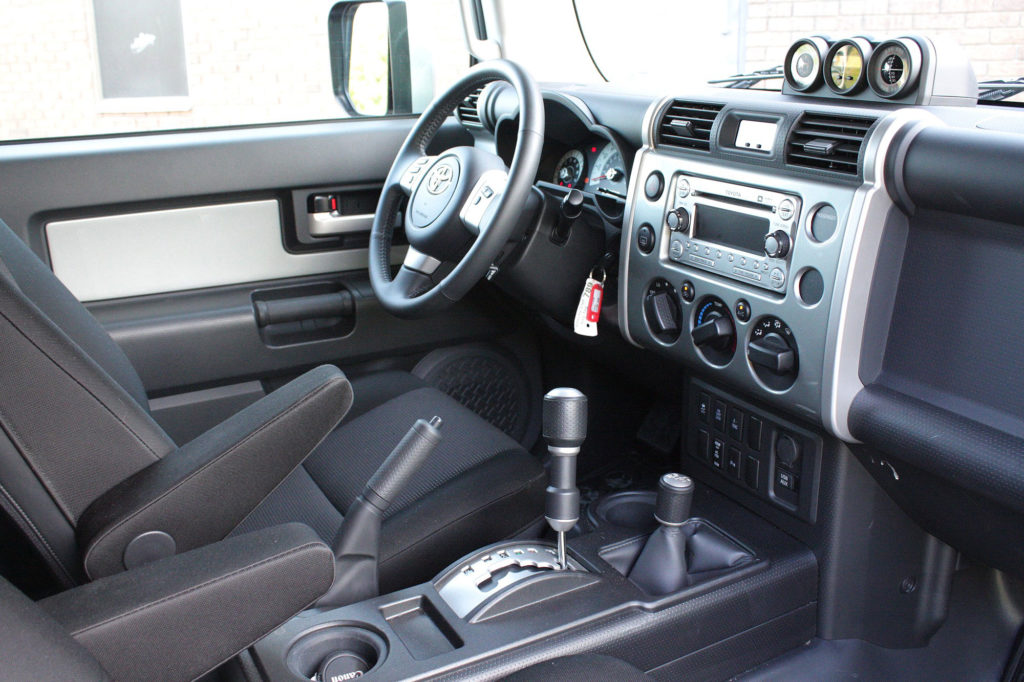
- In a truck or SUV that comes standard with rear-wheel drive – which is most of them – it’s located behind the transmission. It takes the power that comes through the transmission and turns it 180 degrees to send it to the differential in the front axle.
- The transfer case also provides the low-range gearing found in many 4WD pickups and SUVs. It acts like a secondary transmission to multiply the engine’s torque for climbing over rocks and up steep hills.
- Watch for lubricant leaks where the drive shafts to the front and rear axles attach to the transfer case, and where it mates to the main transmission.
4WD shifters and selectors
In some 4×4 vehicles, the driver has to operate a manual lever to engage 4WD, usually when the vehicle is stopped.
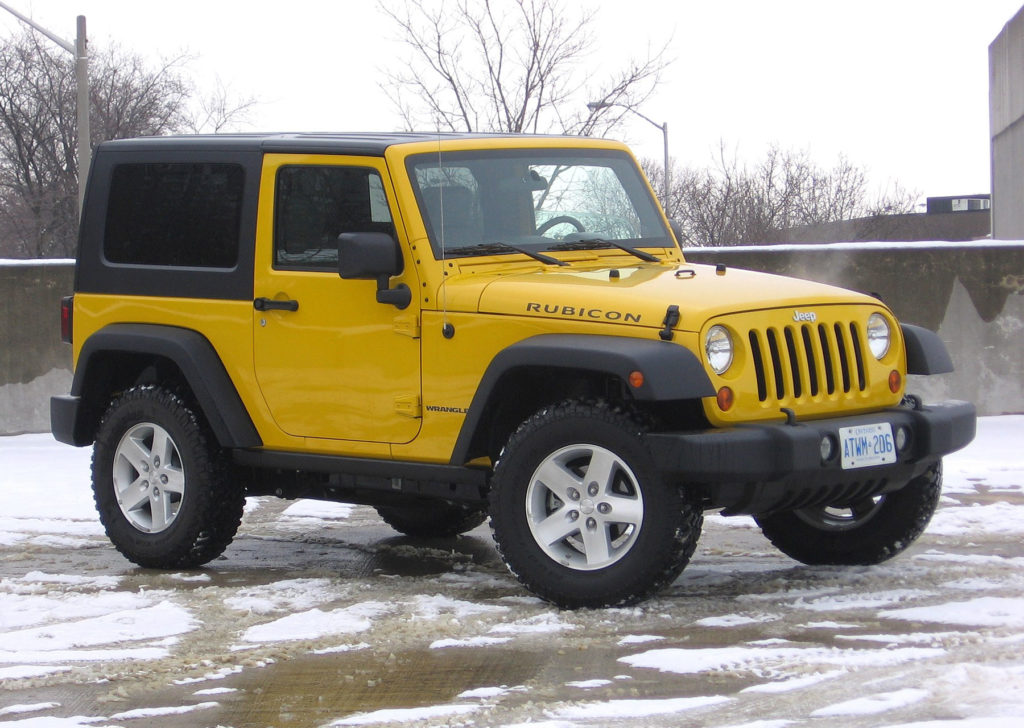
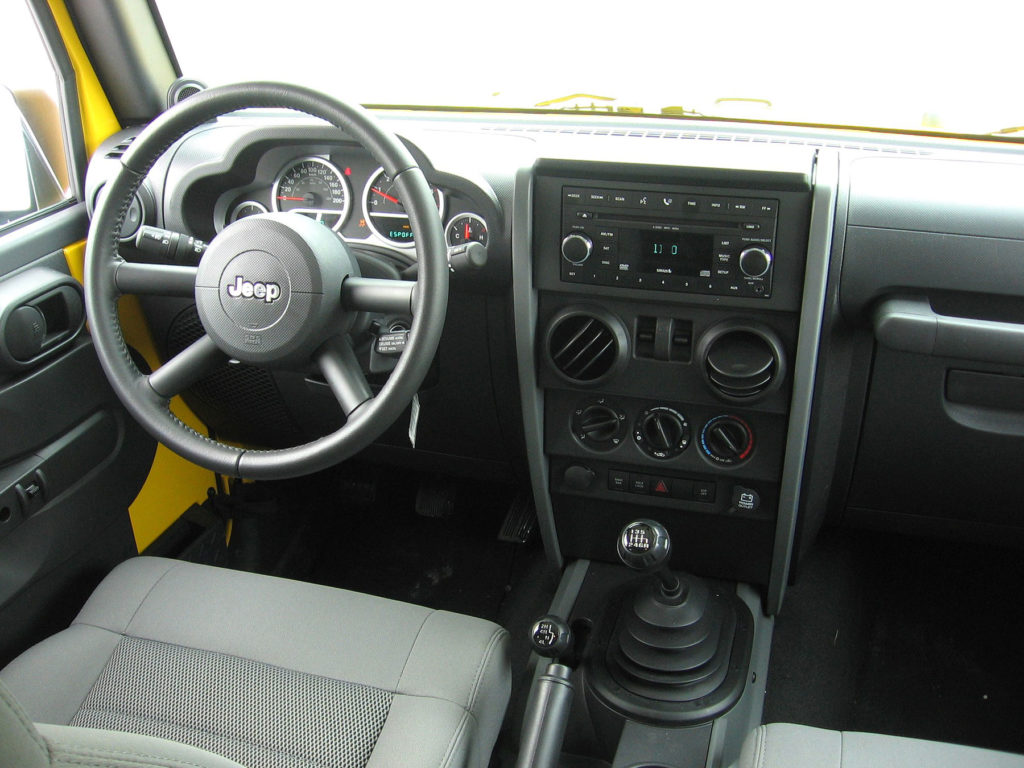
- A more modern method of engaging the transfer-case gears is through an electronic switch or dial on the dash or centre console. It sends an electrical signal to an electric motor to engage the necessary gears.
- Mechanical 4WD shifters are straightforward. If 4WD won’t engage, it’s probably because of a broken cable connecting the shifter to the transfer case, or damage inside the transfer case itself. Faulty electronic 4WD controls can be harder to diagnose. If the system won’t engage, it could be due to a bad sensor or switch. The electric motor that moves the transfer-case gears into place can also fail.
- Electronic 4WD shifters are susceptible to damage caused by mud and deep water. If you plan to do a lot of serious off-road driving, a manual-shift 4WD system might be the better option.
Differentials
Every car or truck has at least one differential. Four-wheel drive trucks have at least two, one for each axle.
This set of gears allows the left- and right-side wheels to spin at different speeds when turning a corner. Some trucks and SUVs add a centre differential that lets the front and rear axles spin at different speeds.
- A truck or SUV differential is built to stand up to heavier use. However, any differential can wear out, and it will happen more quickly with frequent towing or off-road driving. Find out how the previous owner used the truck and whether the differentials are the original parts.
- Differential lubricant needs to be changed periodically, just like engine oil, particularly if the truck is worked hard.
- The pinion shaft connects the driveshaft to the differential; lubricant can leak around it due to wear on the seal that fits around the shaft.
Drive shafts
Some trucks have a two-piece main drive shaft to carry power to the rear wheels.
- The two halves are connected by a universal joint and supported by a carrier bearing.
- It can wear out and will likely need to be replaced at some point.
- A badly worn bearing will make a howling or squealing sound during acceleration, but may be quieter at cruising speeds.
U-joints and CV joints
Universal joints (U-joints) connect the drive shafts to the transmission, transfer case, and differentials. They allow the drive shaft to articulate as the suspension moves. SUVs and trucks with solid front axles will also have U-joints at the front wheels to let them turn with the steering.
- Trucks with independent front suspension use drive shafts with constant velocity (CV) joints to connect the front wheels to the differential.
- Both U-joints and CV joints wear out. CV joints have a rubber boot to keep out dirt and water. Inspect the boots for tears and other damage. If a CV joint gets contaminated and fails, you have to replace the drive shaft.
- Worn CV joint symptoms include grinding and popping sounds in turns, particularly with four-wheel drive engaged. A worn-out U-joint is more likely to make clunking noises during acceleration, braking or turns. A worn-out joint of either type can eventually break.
What else should you watch for in a used 4×4?
Regardless of how you plan to use your 4WD vehicle, look for signs indicating how its previous owner treated it. Most of these checks are best done with the truck on jack stands or a mechanic’s lift.
Skid plates
Are there major dents in the skid plates protecting the engine, transmission, gas tank and other vital components? Look for plates that are bent and gouged. They are designed to take hits from rocks and logs, but not excessive impacts.
Aftermarket lifted suspension
Many off-road enthusiasts install aftermarket suspension parts to create more ground clearance. Have these inspected for wear and to ensure they were installed properly.
Steering components
Check for loose steering components or worn wheel bearings. Steering tie rods take a lot of abuse in heavy off-roading. At best, a damaged tie rod affects the wheel alignment. At worst, it makes the truck unsafe.
Rust
Driving through deep mud and water can expose the truck’s frame and other components to more moisture than most vehicles. If it’s not cleaned away regularly, it can cause rust, and a badly rusted frame is a particularly big deal. Before you buy, inspect the truck thoroughly for signs of serious structural corrosion.


